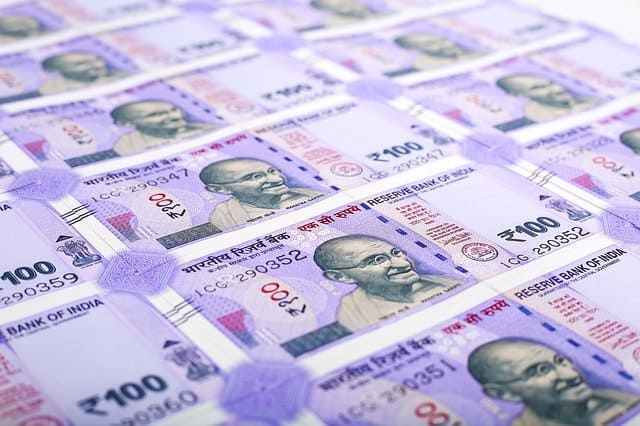Is India’s annual budget a political exercise or an attempt to frame a stable and long-term development, fiscal and monetary policy framework? If it is the former, the yearly tamasha makes sense. If the latter, it absolutely does not. No sustained development will happen in a system that can change policy from year to year.
Certainly a central budget is needed. We need to know how much the government earns and how much it spends, and on what. Defence, foreign policy and managing money matters on the macro scale constitute the budget’s main objectives. Beyond that, what else does the annual budget accomplish?
The Indian economy has come a long way from the disastrous license, permit and quota raj. Today, it is the GST (goods and services tax), vocal for local and atma nirbhar Bharat raj. Not to forget getting the government out of the business of business, the most newsworthy being the recent handing back of Air India to the Tatas.
It has also been a raj of the budget announcing grandiose Pradhan Mantri Yojanas. I have lost count of how many there currently are. Never mind that years down the road, many of the earlier Yojanas have produced little change on the ground, anywhere.
Read more: Why government schemes aren’t reaching those who need it the most in Mumbai
So I ask, why spend so much time, effort and money on this exercise every year? Certainly, the hoo-ha of the past has become much muted. But little else happens in the weeks leading to the annual budget. Which, not to forget, is now presented at 11 am on February 1st. A gesture of shrugging off the colonial past.
But what after that? Besides attention being paid to the manner in which the finance minister carries the budget to the presentation session. It used to be the brief case for decades. Then current finance minister Nirmala Sitharaman carried it wrapped in a red, traditional munshi’s bahi katha. This year it was a tablet. Yet, her 90-minute long presentation turned out to be eminently forgettable.
Analysts did argue for a short while on all the lakhs of crores announced for this and that. Even that soon faded away.
So what purpose does the yearly budget serve? And is it time to scrap it altogether?
For the average citizen, the jargon and the figures mean nothing. The real question is how does it affect him? Have all those allocations made his life any better? How has it been used? How have citizens benefited from it?
These questions are never asked, and definitely never answered, in the budget. You’ll hear plenty of jargon-driven excuses for that. The primary one being implementation is someone else’s responsibility.
No long term implications
That’s just one aspect of the budget’s uselessness. The other major problem is that given its time frame of just one year, how does anyone plan, implement and measure the efficacy of any allocation in so short a time?
The budget is meant to eliminate uncertainty. But our budget only creates confusion because of this one-year time frame, with no certainty on what will happen the year after. Which makes planning and investing on anything based on the 2022 budget announcements on policies and rates fraught with the risk of it all being reversed in 2023.

In such a scenario, no wonder everyone is chasing instant profits in any which way he can, at the cost of everything else like sustainability, environment, growth, employment and social equity.
Business, growth, development, social processes any kind of change, all take time to take hold, way more than one year. The idea of an annual budget ignores this basic reality.
Which brings us full circle. What purpose does a yearly budget serve?
Read more: Opinion: Budget 2022 paves the way for corporatisation of urban development
What can be the alternative?
Not being an economist or any other kind of expert, I have only two suggestions.
One, let the budget not talk of new allocations, but give a full accounting of how the money allocated the previous year was spent, on what and where and what there is to show on the ground for that spending. Any new allocations can be made administratively, depending on how successfully the earlier allocations have been used.
The budget should reward good performance by states and departments. What use are all the present rankings if those who top it are not recognised and rewarded in some way?
Two, that policy announcements should have a five year perspective and time frame and the resulting new laws, if any, have a sunset clause. Changes and tweaks will of course be needed depending on circumstances. But that will not require a pointless 90-minute budget speech every year. Just a list of what’s been done, and any changes in allocations from the previous year based on performance.
It will take a government of great courage to do that. Where the mai-baap neta is replaced by efficient, transparent working systems, fairly regulated. Not mindless digitisation and launching of new apps for anything and everything, whose usage, objectives and efficacy few understand anyway.